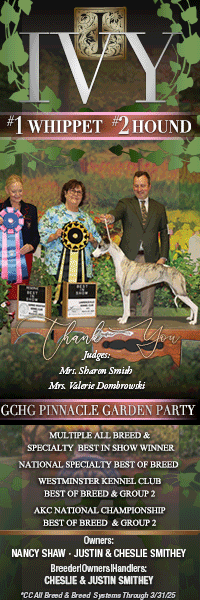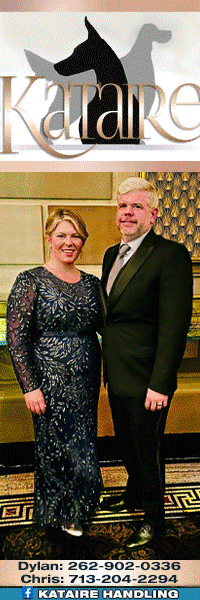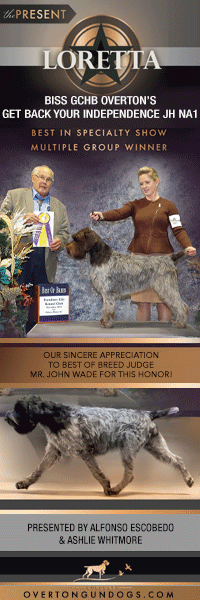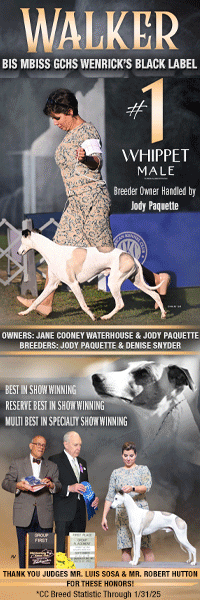Sporting Dogs and Genetic Diversity
Click here to read the complete article
This issue of The Canine Chronicle celebrates the Sporting Group, an impressive collection of breeds developed to do a specific job over a specific terrain.
Looking at the array of sporting breeds today, we can’t help but be amazed by the courage, perseverance, and creative eye of the breed’s founders. In the face of long-forgotten diseases, the lack of modern transportation, and other steep hurdles, they took a few dashes of this and that and built foundations of breeds dedicated to a task.
Early gundog paintings offer clues to how today’s breeds evolved. The progenitors show obvious variations in appearance in the early stages of each breed. Then, the wave of developers that followed began to pull it all together by improving uniformity of appearance without losing the hunting qualities for which each breed was designed.
Interestingly, while the early developers successfully worked to create one uniform appearance of each breed, there was an exception that foretold times to come. There was a bit of disagreement in breeding approaches by Edward Laverack (1800-1877), an Englishman, and R. Purcell Llewellin (1840-1925), a Welshman. Laverack and Llewellin were the most famous English Setter breeders of the 1800s and perhaps the most influential of all time. It all began when Llewellin bought stock from Laverack. Eventually, though, Laverack became more interested in consistent phenotype and genotype while Llewellin’s focus was pure hunting ability.
The drift was so distinct and successful that it’s alive and well today. Field trial breeders consider their dogs to be Llewellin setters and consider show dogs to be Laveracks. It would take many years–nearly a century in some breeds–before other breeds followed suit and branched off into separate strains of the same breed.
Click here to read the complete article
Short URL: https://caninechronicle.com/?p=181368
Comments are closed













